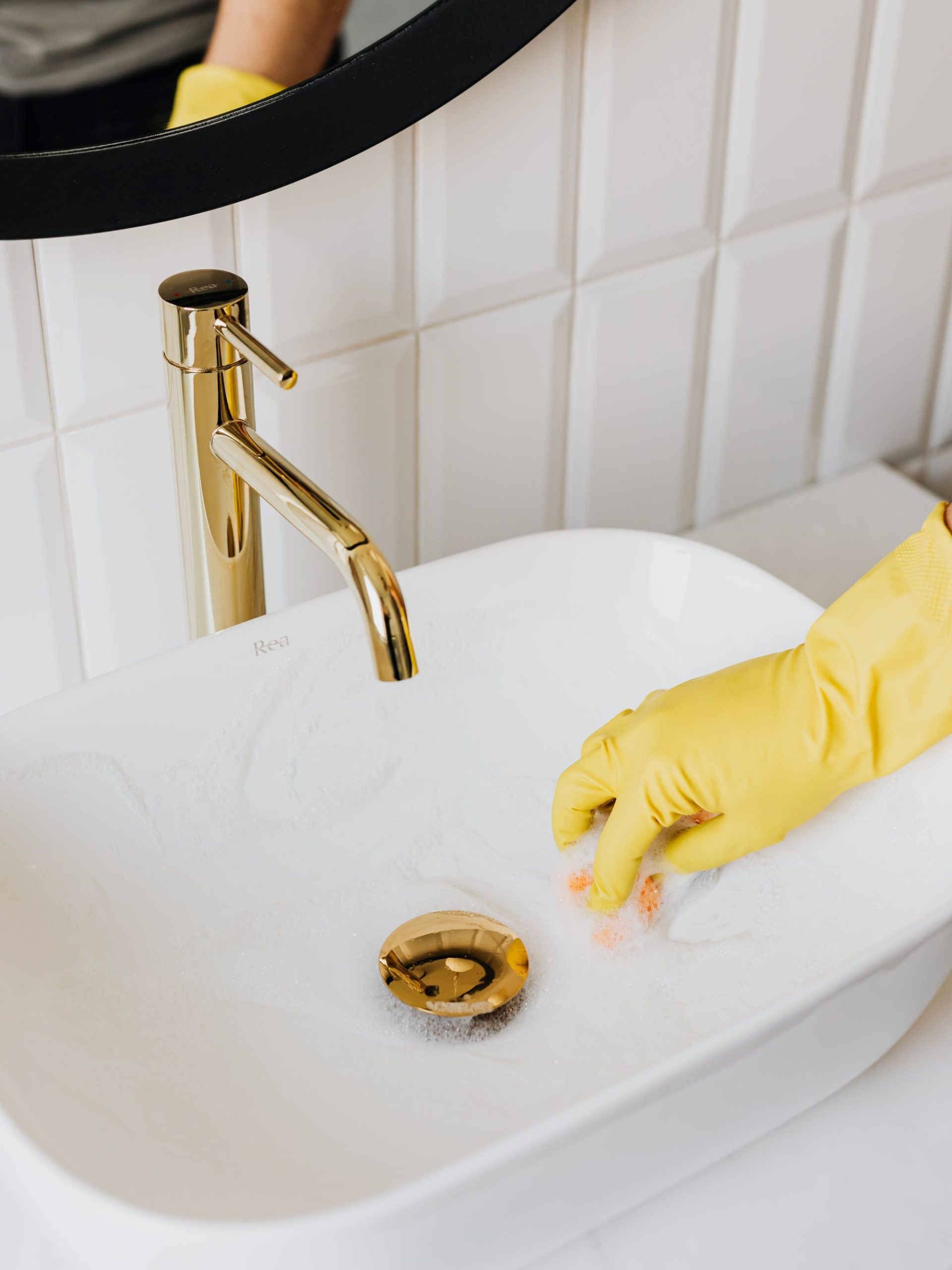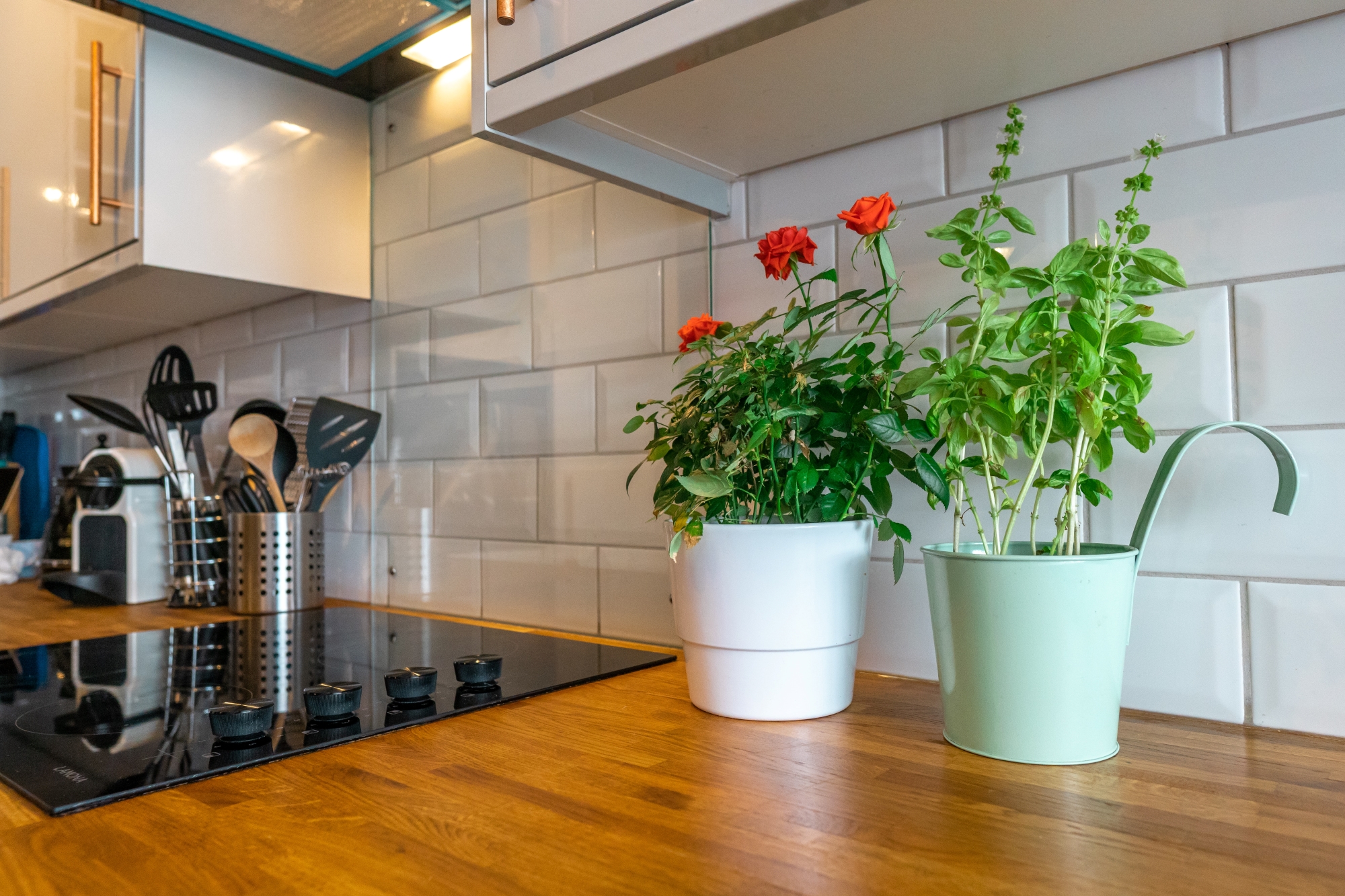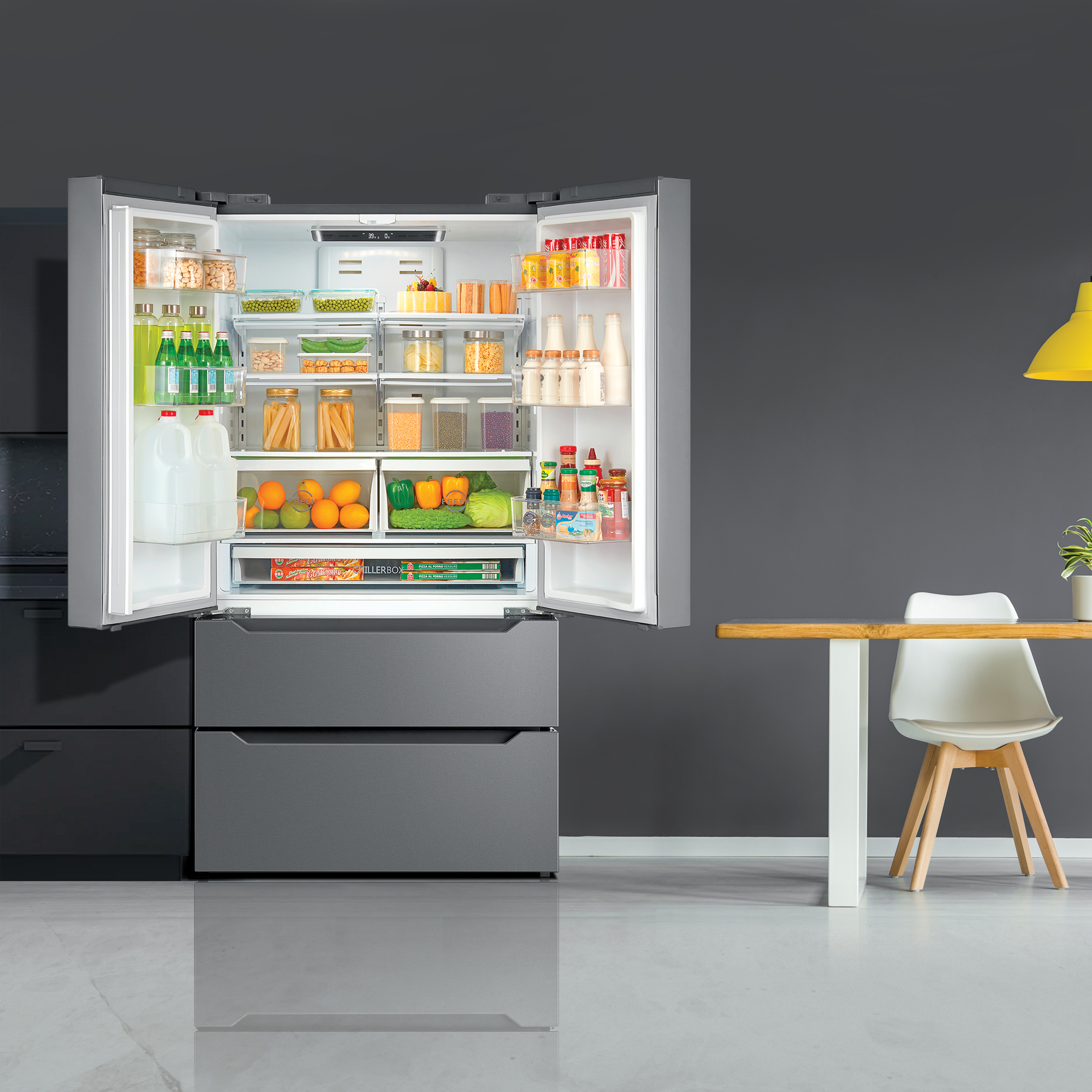How to Clean Brass
Before starting, check if your brass is solid or brass-plated. You can test this by using a magnet. If your magnet sticks, your item is brass-plated. It’s important to note this since scrubbing brass-plated items can remove the plating. Clean these items with hot, soapy water instead and dry properly. Cleaning Brass First, check how tarnished your brass is. If it’s only lightly tarnished you can use hot water with soap for sufficient results. Use a toothbrush to get in small crevices. If the brass is heavily tarnished you can use commercial cleaners but use these sparingly as they are abrasive and can scratch the surface with frequent use. Natural Cleaners You can clean brass naturally and more gently with common ingredients. Check out these ingredients below. Ketchup and Tomato Juice. The mild acid in tomatoes removes tarnish and dirt from brass. Use a soft cloth and rub the ketchup into your brass item. Rinse with warm water after and dry properly. You can also soak items in tomato juice if they are small enough. Place them in the juice for 5 minutes or longer depending how dirty they are, then rinse and dry thoroughly. Lemon Juice. Another mild acid is found in lemon juice which can effectively clean brass. If your items are lightly tarnished, cut a lemon in half and sprinkle with table salt. Rub the lemon over the brass surface then wipe with a soft cloth and buff until it shines. If your item has a heavier tarnish, create a paste with two parts cream of tartar to one part lemon juice. Apply the paste and let sit for at least 30 minutes. Be sure to rinse with warm water, and buff with a dry cloth after. You can prevent your brass from tarnishing by applying a thin coat of mineral oil. Avoid touching it as much as possible as your hands’ natural oils will increase tarnishing. Sources: HGTV










